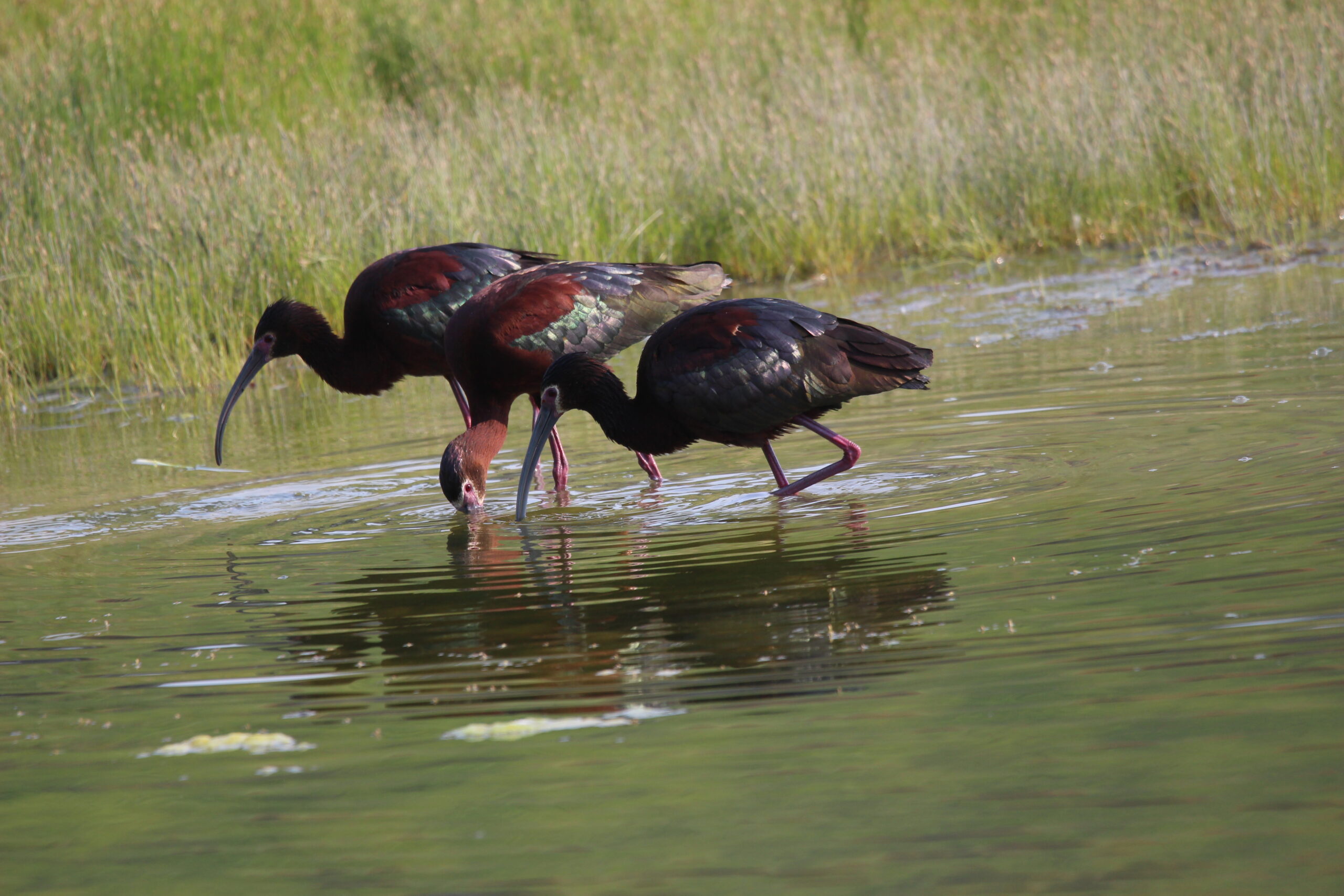In the spirit of research for this weekly column, I subscribe to a few of those wine-of-the-month clubs. I was giddy as a schoolgirl last week, when a mixed case of Italian wines arrived on my doorstep. A lot of wine clubs do not ship during the Canadian winter, so I had nearly forgotten about this order placed way back in November.
I never cease to be surprised by what can turn up in a mixed case of Italian wines. With nearly 600 classified grape varietals, and another 500 still waiting to be definitively identified by a special type of DNA testing called ampelography.
The wine industry in Italy goes back thousands of years, predating even the Roman Empire. The ancient Etruscans and Greeks were the first to plant vineyards, but it wasn’t until the 2nd century C.E. that viticulture really took off under those booze-loving toga-wearing party animals known as the Romans.
The map of Italy is divided into 20 major wine growing areas, which basically correspond to each provincial administrative region. Those 20 major areas are further subdivided into hundreds of sub-appellations, each with their own unique terroir and distinctive wines.
Sangiovese is the undisputed king of Italian wines, with a history dating back to Roman times. Even the name means “Blood of Jupiter”, the big cheese himself in the Roman pantheon of deities.
Sangiovese is planted all over Italy, but is most famous in the Tuscany region, where it produces a deep ruby wine with bold flavours of ripe fruit, with sturdy enough tannins to easily take a decade of aging in oak.
Any Italian restaurant you visit will have several bottles of Sangiovese on their wine list, both in single varietals and blends.
Montepulciano is a confusing Italian wine, because it refers to a particular grape varietal, as well as a growing region in Tuscany, where Sangiovese grapes grown in a particular village are labelled as Nobile de Montepulciano. The Montepulciano grape varietal is thought to be related to Sangiovese, and is also planted all over the country, except for immediate region around the village of Montepulciano for reasons understood only by the wine god Bacchus himself.
While browsing the aisles at your local bottle shop, you will commonly see this grape labelled as Montepulciano d’Abruzzo, with the eponymous village considered the premier location for growing this particular grape.
Montepulciano wines tend to be inky purple in colour, highly aromatic, and bursting with notes of pepper and spice, which makes an excellent pairing with prosciutto or a spicy pasta dish.
The Nebbiolo grape is one of my favourites, although its high price makes it a wine reserved for special occasions. The Nebbiolo grape is known for its highly tannic astringency, so it is typically aged in oak or a decade or more to soften the tannins, resulting in a very complex bouquet. The extended aging makes Nebbiolo an expensive wine, although modern winemaking practices can speed up the development by carefully controlling the fermentation temperature.
The Nebbiolo grape makes its home in the Piedmont wine region, and its strong tannins lend it to pairing with a protein-rich or fatty dish like meat or cheese to match the structure of the wine.
For a workhorse grape that is nearly as flavourful as Nebbiolo but without the high price tag, look no further than the Barbera grape. Barbera is the third most planted red grape in Italy, right after Sangiovese and Montepulciano.
Considerably lighter than a Nebbiolo, the Barbera grape is a cheap and cheerful red wine for everyday drinking, with the heavily pigmented skins imparting a purplish-black tint to the wine. Despite its dark colour, the body is relatively light with bold notes blueberry and cherry on the palate.
The most common labels you will see at your friendly neighbourhood booze merchant are Barbera d’Alba and Barbera d’Asti, unsurprisingly grown around the villages of Alba and Asti. Barbera wines tend to be in the $20-$30 range, so will not break the bank like the pricier Nebbiolo grape.
Whether you are enjoying your wine at a restaurant, in a classy wine bar, or perhaps even sitting out on the dock if summer ever arrives in Chestermere, there is an Italian wine to suit your fancy. If the few mentioned here do not appeal, there are a thousand more where those came from!



